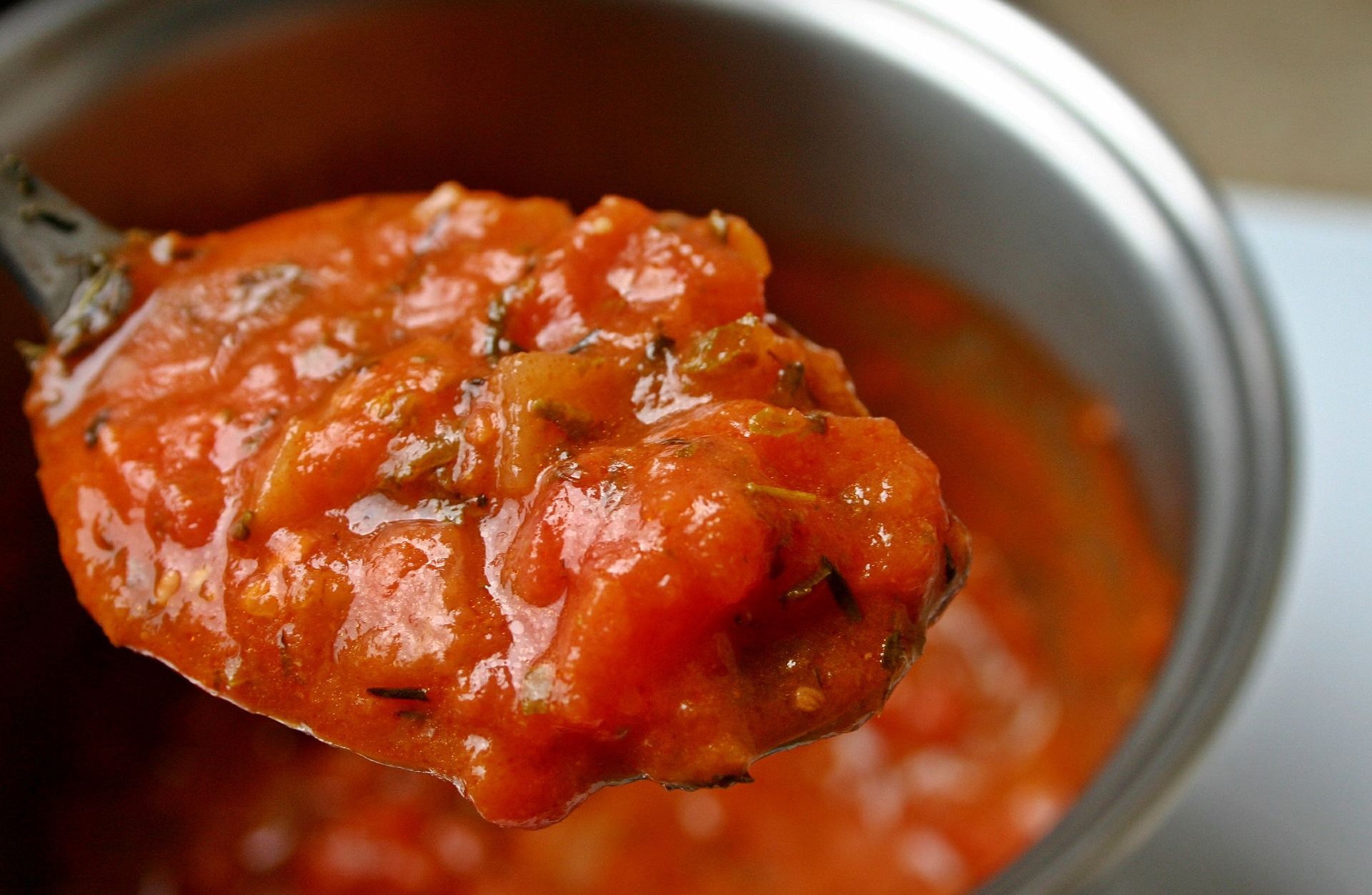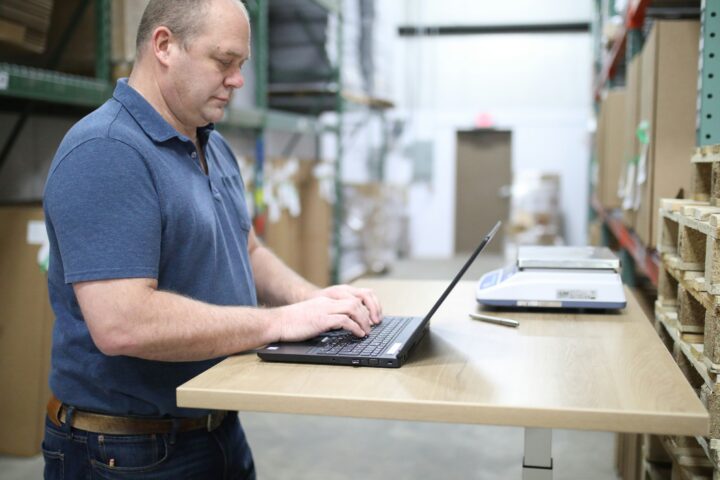Imagine creating your own custom sauce to sell online. Coming up with cool marketing ideas would be the best job in the world. You could create crazy videos for YouTube, post photos on Instagram, or start a Facebook group.
I bet you wouldn’t have any trouble marketing your product. It’s actually pretty easy to manufacture your own custom sauce. Let’s look at some key processing factors in case you want to know more about the industry.
1. The Ingredients In Your Sauce
If you have certain ingredients in your sauce, it’s going to drastically change the kind of equipment you use. Powdered ingredients are tricky because they stick together in little clumps with dry powder in the center.
That means if you’re thinking about using spices in your sauce, you’ll need to attack it with a powerful mixer. Agitators are used to scrape the walls of the vessel, plus it’s going to be spinning quicker than usual.
2. Getting The Mixing Speed Right
The mixing speed is crucial because a sauce will be more consistent when well-mixed. Most people would assume thicker sauces need to be mixed faster, but oils and liquids can cause a few problems.
If you’re selling a salad sauce, you don’t want the vinegar and oil to separate before the customer uses it. A faster speed means they’ll be blended into smaller droplets, so it’s less likely they’ll separate from each other.
3. Perfect Viscosity Of The Sauce
Custom sauce manufacturing in USA needs to take viscosity into account. After all, some sauces will be a lot thicker than others. Low-viscosity sauces don’t need a lot of special equipment to get right.
You’ll be good with a basic propeller mixer and a vertical vessel. Thicker sauces will require a mixer with a very powerful motor, an inclined agitator, and a specially-designed vessel to help everything cook evenly.
4. Pre-Mixing Is Sometimes Needed
When you use tomatoes in your sauce, it may need to be pre-mixed. You don’t want to put an extremely thick tomato paste inside your sauce. It can be put through a powerful double-motion agitator first.
Once the tomato paste turns into a watery slurry, it’s going to work better inside your final product. It will take more time when you have ingredients that need to go inside in a pre-mixing tank before hitting the main vessel.
5. Heating And Cooling Your Sauce
Sometimes you’ll need a great heating and cooling jacket, which will allow you to heat and cool sauces easily. When you use simple jackets it’s easy to run into problems. The jacket or vessel could leak all over the place.
If you’re creating a sauce to sell in bottles, it’s not likely you’ll run into this problem. It’s usually something frozen food manufacturers need to deal with. The sauce they use is heated and cooled in the same vessel.
It’s Pretty Complicated
Creating the perfect sauce isn’t easy, which is why you should choose a company like Giraffe Foods to do everything for you.
















